Last Updated on August 2, 2021

Ink & Pixel is a source of pride and joy for me as a writer and as such, I’m always striving to take this column further for those who read and enjoy it. If you yourself, or anyone you know, helped to make any of the amazing feature animated films found within this column, I would love to talk to you to further my knowledge. Please contact me at [email protected] so we can discuss it further.
The word “myth” is defined by Merriam-Webster as being a “usually traditional story of ostensibly historical events that serves to unfold part of the worldview of a people or explain a practice, belief, or natural phenomenon”. After reading this definition it should come as no surprise that myths have played a major role in the telling of stories throughout animation history. Part of the magic that comes from using myths as your inspiration or as a stepping stone toward a larger story is that a myth is something that is open to interpretation by the individual, and can always be altered to create something even more fantastic.

Myths are a way of embellishing fact with fiction. A myth can also transcend truth and become something far greater; something so widespread that it verges on the cusp of universal belief. Myths can also serve as the seed from which the story of an incredible journey can grow. So it was that, in 2001, Walt Disney Animation Studios crafted a wonderful film spawned from one of mankind’s oldest and greatest myths to give us ATLANTIS: THE LOST EMPIRE.

It’s a real shame that ATLANTIS: THE LOST EMPIRE seemed to fall through the cracks in the face of the movie going public, as I consider it to be one of Disney’s most adventuresome, and risk taking animated films to date. You almost never hear anyone mention it by name, and when you do happen upon someone who has seen it, they can scarcely tell you anything about it. That’s why I’m here: to remind you, and to be sure that this film gets its due.

Disney’s 41st full-length animated feature, explores the story of one Milo Thatch (Michael J. Fox), a meek and unassuming believer in The Lost City of Atlantis, and team of multi-cultural roustabouts, all looking to harness a power source of unimagined potential believed to be hidden within the famous mythical city. Milo – together with Commander Lyle Tiberius Rourke (James Garner), Helga Katrina Sinclair (Claudia Christian), Dr. Joshua Strongbear Sweet (Phil Morris), Jebidiah Allardyce “Cookie” Farnsworth (Jim Varney), and many others – joins an expedition into the black oceans that surround the country of Iceland. They soon discover that The Lost City of Atlantis is not only very much a real mythological place, but actually a thriving city filled with wondrous potential.

Though, beware! Things take a turn for the treacherous when Milo discovers that his trusted group of explorers are nothing more than a band of thieves looking to plunder the lost city – hoping to steal all of its secrets and technology. It’s then up to Milo and a woman of Atlantian royalty – Princess ‘Kida’ Kidagakash (Cree Summer) – to protect the city’s population and its many enigmas from greedy, opportunistic people, looking to use the Atlantian tech as a means of war. It’s a story of myth versus man, kissed with that Disney Classic formula that has brought us so much joy over the company’s entire career as a pioneer in the business of animation.

So what exactly is the deal with The Lost City of Atlantis? Well … the mythical island was first mentioned by the Greek philosopher, Plato, in his dialogues: Timaeus and Critias – circa 360 BC. Plato described Atlantis as resting “in front of the Pillars of Hercules”. He referred to it as a naval power which seized most of Western Europe and Africa some 9,000 years before the time of Solon (9600 BC).The stories would have us believe that after a failed attempt to invade Athens, the City of Atlantis sank to the bottom of the ocean, taking with it all of its people and technologies.

Many philosophers and historians believe the famed lost city to be nothing more than a myth, brought on by the imaginations of bored storytellers. If the legends were indeed true, then the City of Atlantis would have been a civilization far beyond any that the world or its history has ever seen. The “stories” about Atlantis range from the city having built impossible architecture to it having harnessed the power of a previously untapped energy resource – one capable of emitting unimaginable amounts of energy. This power source would presumably be capable of powering entire cities on just a spark of its full potential. Though some explorers still entertain the notion that Atlantis was once a very real and thriving city, it is generally laughed upon when presented as being a worthwhile venture in the world of Science and Exploration. There simply has not been enough concrete evidence to support the notion of a real Atlantis. Unfortunately, belief is sometimes just not enough to keep the interest of dreams alive and well.

Written by Tab Murphy (TARZAN, BROTHER BEAR) and directed by both Gary Trousdale (BEAUTY AND THE BEAST, THE HUNCHBACK OF NOTRE DAME) and Kirk Wise (animator on THE BRAVE LITTLE TOASTER and OLIVER & COMPANY), ATLANTIS: THE LOST EMPIRE was Disney’s first full-length animated film built around a science fiction theme. The development of the film began shortly after the completion of THE HUNCHBACK OF NOTRE DAME, but rather than release another musical, Disney decided to focus their efforts on adapting a film based on the works of Jules Gabriel Verne – a French novelist, poet, and playwright. Verne is known mostly for penning such literary classics as Journey to the Center of the Earth, Twenty Thousand Leagues Under the Sea, and Around the World in Eighty Days.

ATLANTIS: THE LOST EMPIRE became known as having used more CGI animation than any Disney film come before, and was one of the few select films that had been shot using an anamorphic widescreen format. Sure, the use of widescreen is more than common by today’s movie-making standards, but for a long time the idea of using widescreen to present animation to the public was unheard of. Part of the reason for this (believe it or not) is that researches found that the widescreen presentation not only dissatisfied audiences, but the format also hindered the attention span of children viewing the film. This is because up until the release of ATLANTIS: THE LOST EMPIRE children were conditioned by the television and home video markets to always view their entertainment using the full-screen format.

Many viewers felt that the widescreen configuration prevented them from seeing “the whole picture”. As a result, they all but refused to understand that the new widescreen format actually allowed them to see more of the film – despite the black bars located at the top and bottom of the screen. I’m happy to report that even though it’s taken several years, widescreen has now become the new standard for viewing animation (though the option to view most animated films in full-screen is still available on many DVD and Blu-Ray discs to be sure that no one is alienated).

To add to the film’s authenticity, Disney hired linguist Marc Okrand (who also helped to create the famous Klingon language found in the Star Trek franchise) to create a distinctive tongue for use by the Atlanteans. This “mother language” was comprised of a colossal Indo-European word stock that boasted its very own rhythm and grammar. The language itself was said to have been very Sumerian in nature, but included a fair number of North American influences as well. The dialect can be heard throughout the film at various times but is eventually overtaken by the use of perfect English. Well, at least in the North American release of the film it was. I think you know what I mean. Let’s move on.

To complement Okrand’s spoken Atlantean, a written language was established by a man named John Emerson. Emerson created countless sketches containing original glyphs and symbols to be used as letters that appear all throughout the film. In what I consider to be a rather genius move, Emerson designed the written language of the Atlanteans to be read using an ancient Greek boustrophedon format. When reading text that uses the boustrophedon method, the reader is meant to read the first line of text from left-to-right, the second, right-to-left, and continue on in that manner, reading in a zig-zag pattern (meant to simulate the flow of water). It’s a perfect way to read the language of a civilization long trapped beneath the crushing waves of our oceans, no?

During the height of its production, a total of 350 artists, writers, and animators were known to have helped bring ATLANTIS to the silver screen. One of the major challenges this team had faced was achieving a camera movement that was commonly referred to (around the studio) as the “pull out” shot. Yes, yes, get your giggles out now. Are you done, perv? Okay, so this shot required the use of special camera to perform a technique known as multiplaning. The multiplane camera is a unique motion picture device used in traditional animation processes, where pieces of artwork are moved past the camera at various speeds and distances from one another. This creates a three-dimensional effect, although the effect is not actually stereoscopic(a technique that creates the illusion of depth). Due to its complex nature this type of shot had never been achieved in animation until this point.

Multiplaning in ATLANTIS works by having the camera pull away from the scene to reveal the newly restored Atlantis. It then reaches the equivalent of an 18,000-inch piece of paper composed of many individual pieces of paper that measure 24 inches or smaller. Each piece was then carefully drawn, mapped, and combined with animated vehicles simultaneously flying across the scene to make the viewer see a complete and integrated image. This is another instance where the use of the widescreen format was imperative, as the shot would have been impossible to fit on screen using any other format. One of the main benefits of widescreen is being able to keep multiple points of interest on the screen at once.

During its 25-week theatrical run, ATLANTIS: THE LOST EMPIRE grossed over $186 million worldwide ($84 million from the United States and Canada). Considering the film’s $100 million dollar budget, ATLANTIS was not viewed as much of a success. And even though there was a direct-to-video sequel entitled: ATLANTIS: MILO’S RETURN, the film has all but been forgotten among the more successful films of the Disney Animation library.

After re-watching the film earlier today I can tell you with full confidence that I still love it and that it’s totally worth checking out. It’s a Disney Sci-Fi romp with a mythical edge that still holds up by today’s high-profile effects standards. The story is solid, the action is often off the charts (for a Disney animated feature), and it stars Michael J. Fox! You really don’t get much better than that. Teen Wolf goes under the sea to save a forgotten civilization of technologically advanced bad asses? Um, yes please!







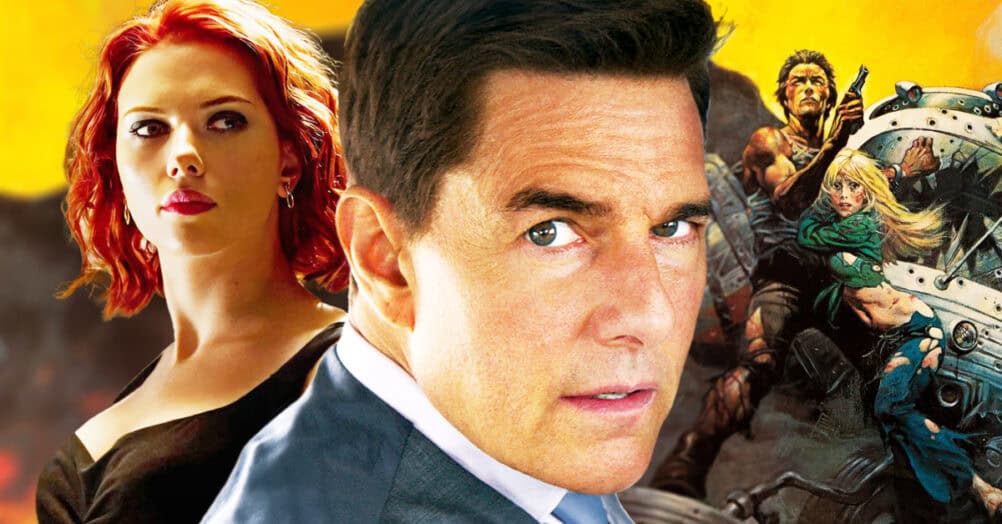
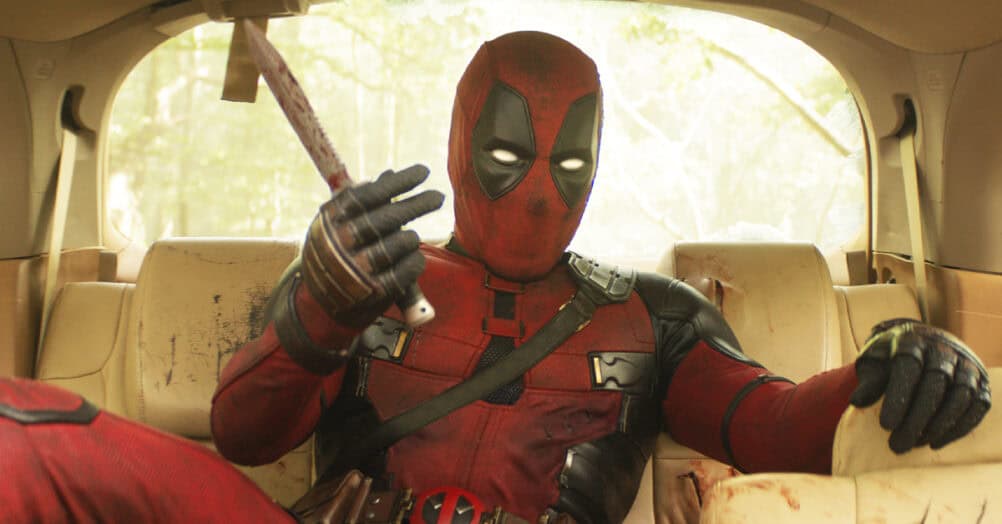

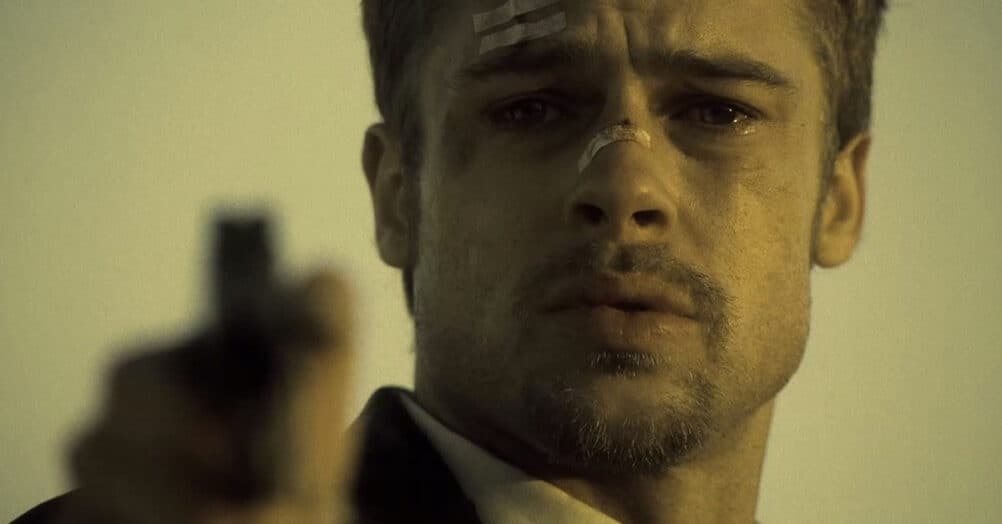

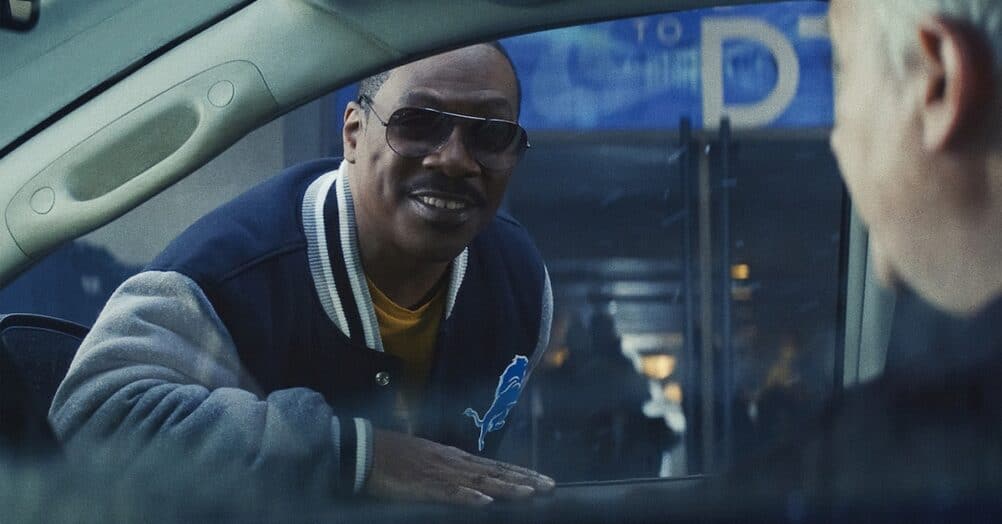

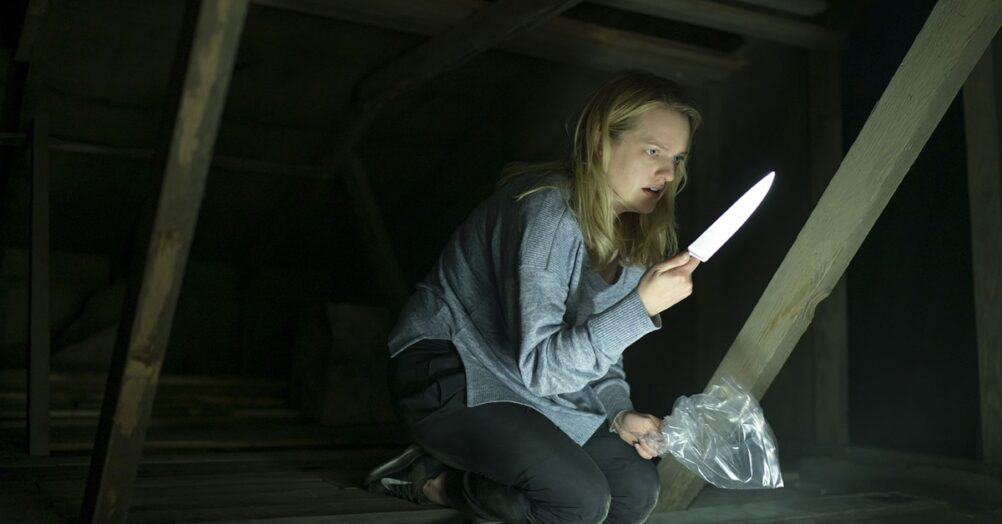
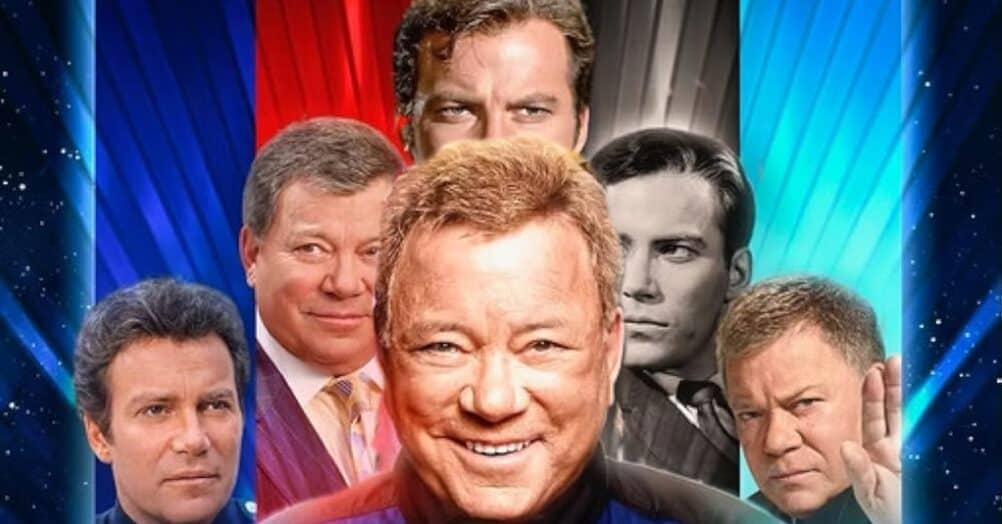

Follow the JOBLO MOVIE NETWORK
Follow us on YOUTUBE
Follow ARROW IN THE HEAD
Follow AITH on YOUTUBE